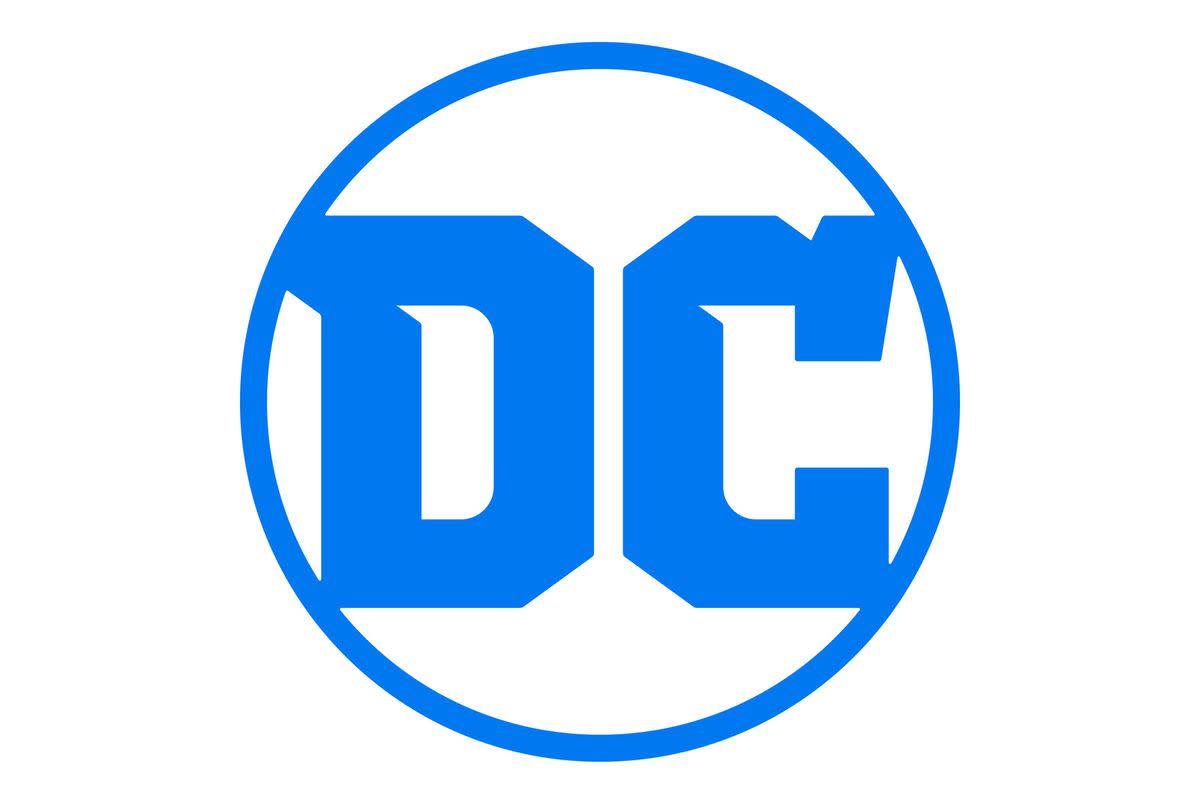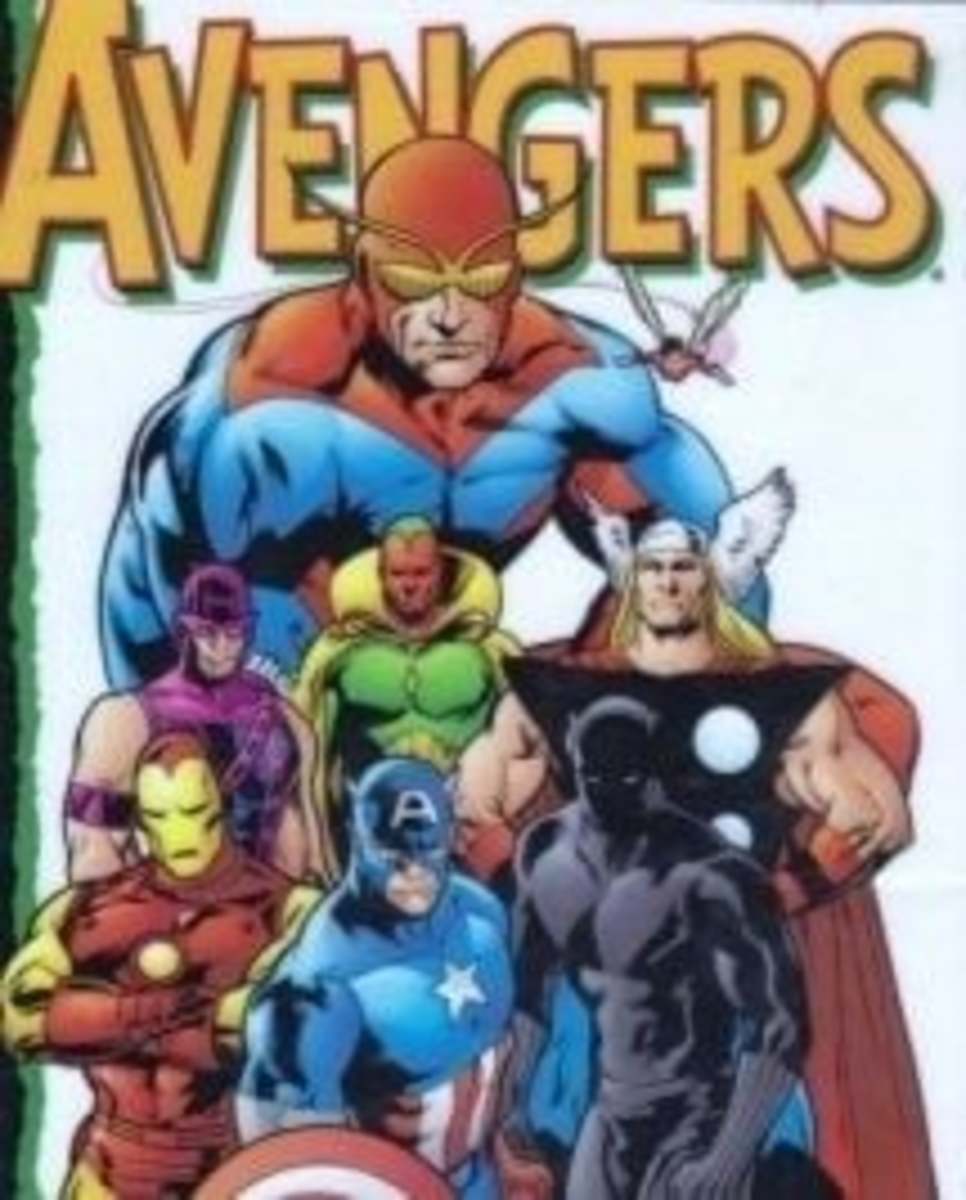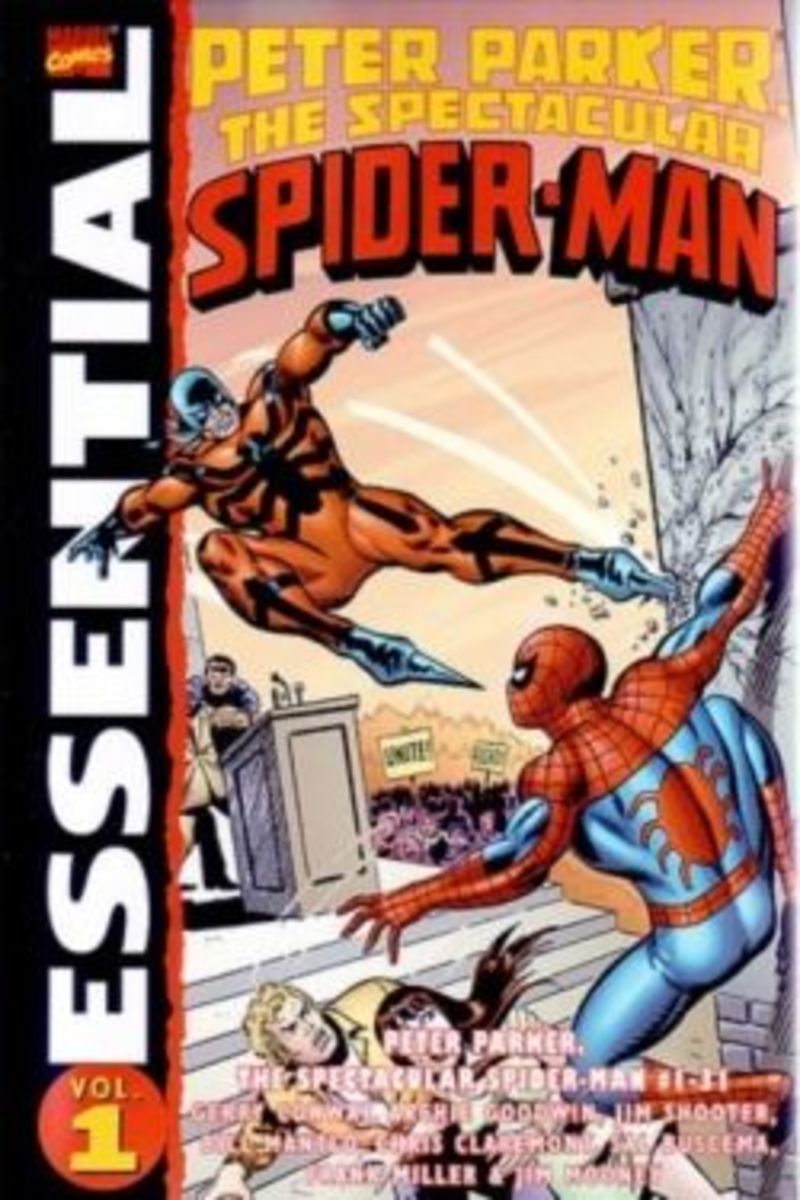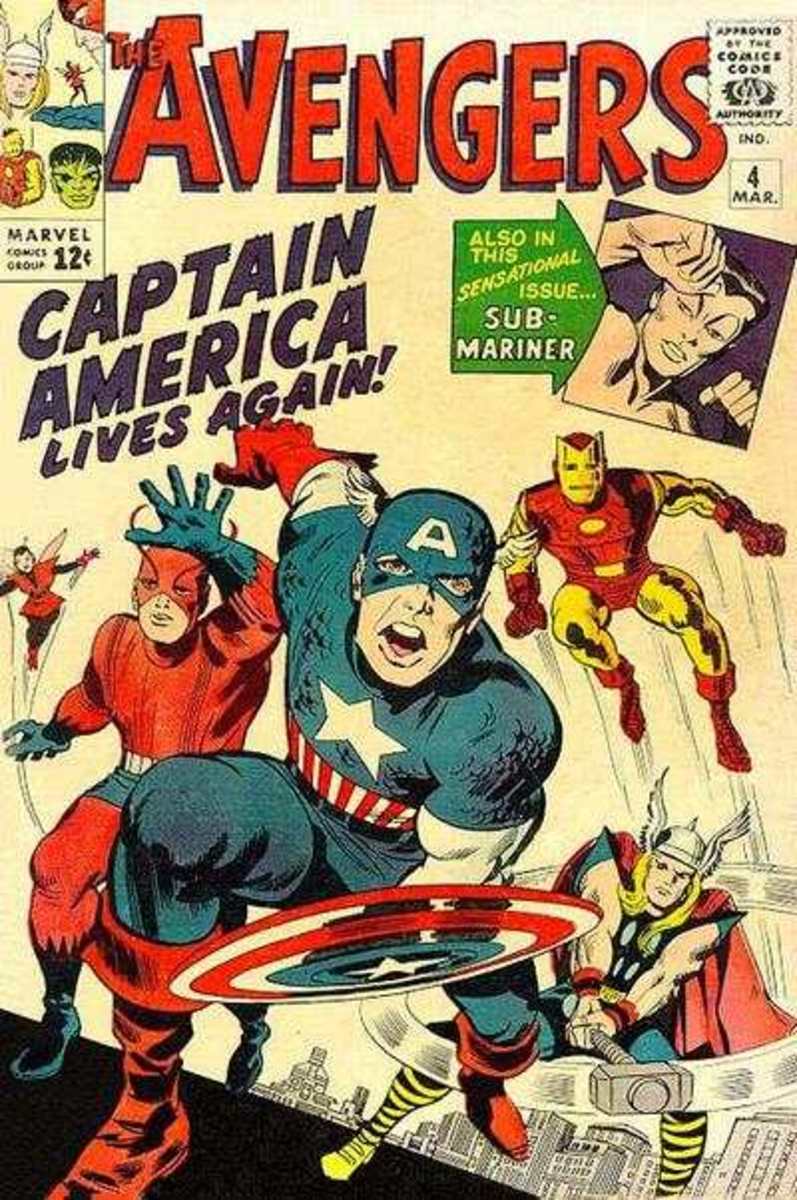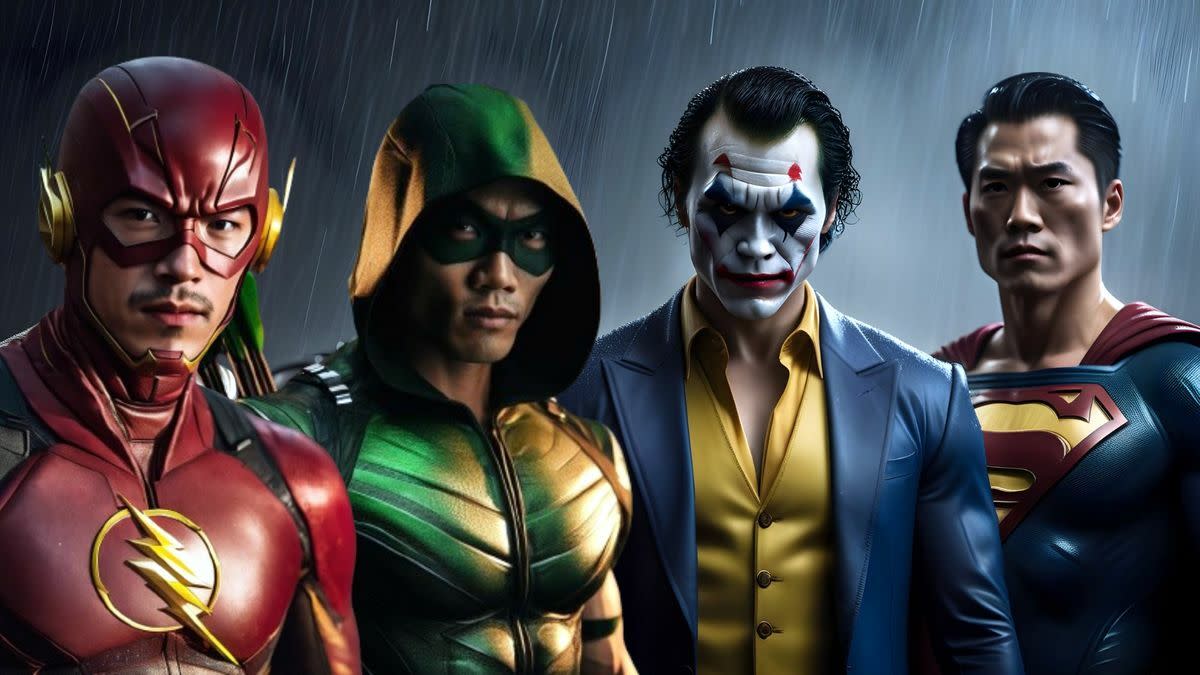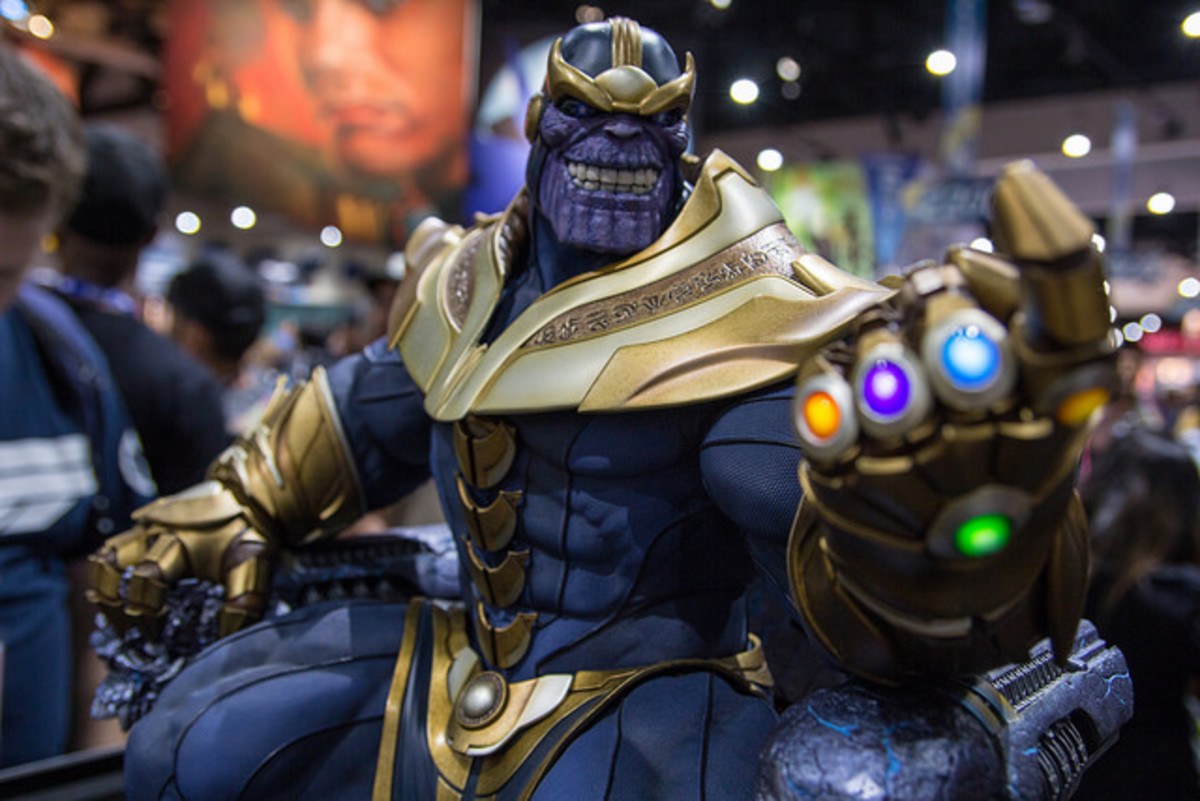Seven DC Silver Age Comics Every Fan Should Read
Silver Age Classics
In many ways, the 60’s were among the most creative times in the history of comics. At DC, the Superman “family” thrived in multiple comics featuring the Man of Steel, Superboy, Supergirl, Lois Lane and Jimmy Olsen. Batman and Robin’s adventures were chronicled in both Batman and Detective Comics. DC Comics offered revamped versions of the Flash, Green Lantern, the Atom and Hawkman. These dynamic heroes banded together with Superman, Batman and Wonder Woman to form the Justice League of America. The Martian Manhunter, Aquaman, the Spectre and the Legion of Super-Heroes also had their own titles or shared a comic with other characters.
The storytelling was clever and fun. Comic heroes were still years away from the morose, humorless characters they would eventually become. Writers didn’t feel pressured to make every story an epic tale that threatened Earth—or worse. The art was brilliant, with lavish illustrations by Carmine Infantino, Gil Kane, Murphy Anderson and Curt Swan.
DC Comics produced many solid titles during these times, but they didn’t rest on their laurels. They experimented with new characters and situations. Some of their ideas were better than others, but there were a handful of comics that, despite their limited popularity and success, were outstanding.
Here are seven classic DC comics from the 60’s that never achieved mainstream status but were still quite good. They followed the standard super-hero format for comics, but each added a unique twist along the way.
DC Comics merchandise from Amazon.com
The Silver Age of Comics

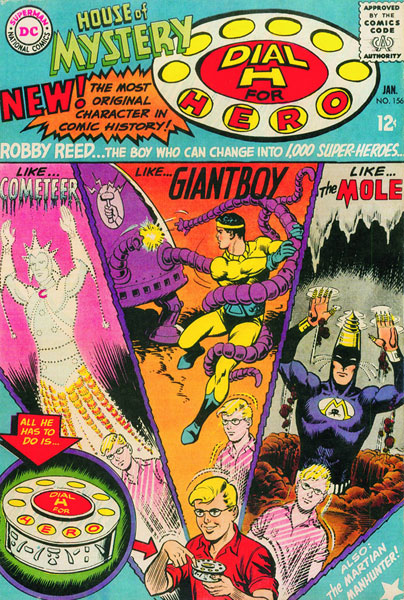
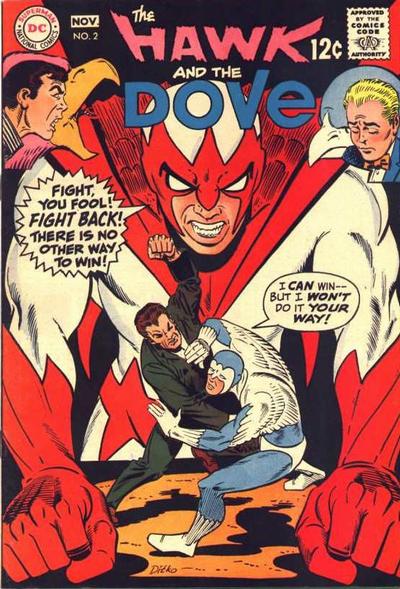
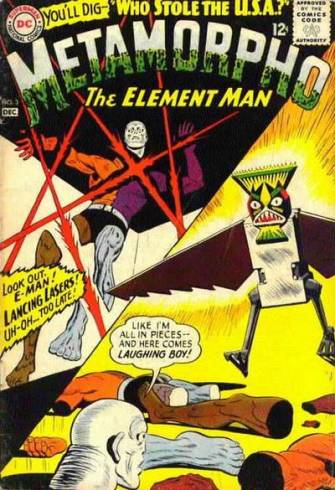
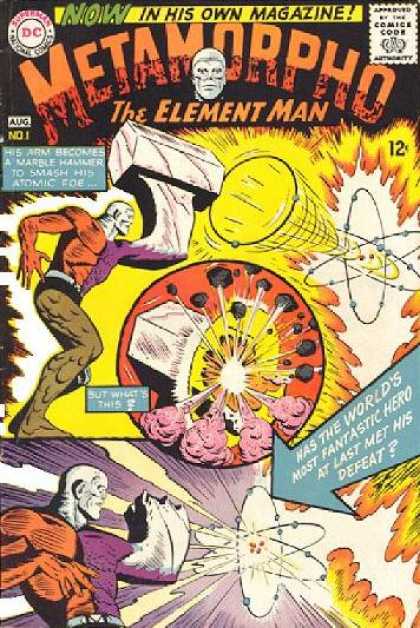
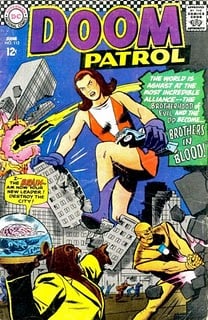

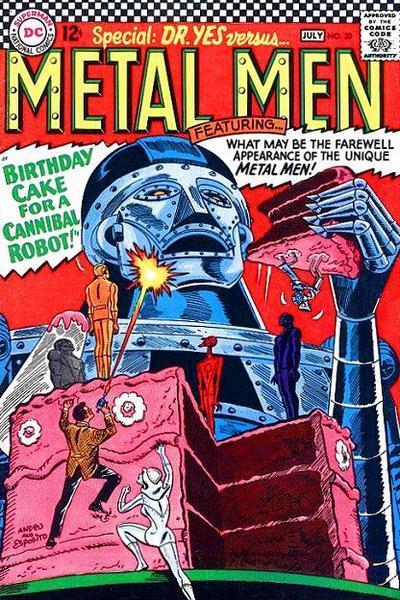
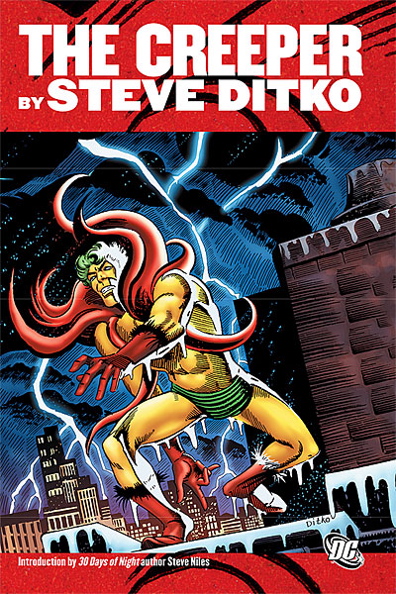
Seven DC comics every true fan should have read
Deadman. Deadman was the story of Boston Brand, a circus acrobat murdered while performing his trapeze act. After his death, the Hindu goddess Rama Kushna granted him power to roam the Earth as a ghost in search of his killer. Deadman temporarily inhabited the bodies of other living beings to facilitate the search for his killer and justice.
Deadman appeared in Strange Adventures comics in 1967-1968. He was created by Arnold Drake and Carmine Infantino, but after the first issue, Jack Miller and Neal Adams took over the writing and artwork. Adams eventually became so identified with Deadman that for years, DC allowed no one else to draw the character.
Dial H for Hero. Teenager Robby Reed fell from a cliff into a cave and found a strange dial from another dimension. He deciphered the code on the dial and discovered its strange powers—when Robby dialed the letters H-E-R-O, he was transformed into a super-powered hero. The Mole, Future Man, the Gemini Twins, Radar-Sonar Man and the Cometeer were just a few of the many clever heroes created for this series. The plots were simplistic and Robby Reed’s home life seemed similar to Spider-Man’s, but creating three new heroes and one villain every month was a feat.
Dial H for Hero appeared in DC’s House of Mystery #156-173. Stories were written by Dave Wood and illustrated by the reliable Jim Mooney. Frank Springer filled in when Mooney left the series.
Hawk and Dove. Hank and Don Hall were two brothers philosophically opposed in their views about the use of force; Hank was aggressive while Don opposed violence for any reason. When their father was in danger, a mysterious Voice accentuated their physical abilities and allowed them to fight crime as the Hawk and Dove. Their identities were personifications of their philosophies, and they struggled with their beliefs while battling crime.
Hawk and Dove made their debut in Showcase #75, and lasted only six issues in their own title. Steve Ditko was the series creator and illustrator, while Steve Skeates provided dialogue. In an odd instance of life imitating art, Skeates thought the Dove was a wimp while Ditko saw Hawk as unreasonably violent. After a few issues, Hawk and Dove was left to Gil Kane.
Metamorpho. Soldier of Fortune Rex Mason ventured to Egypt to find the Orb of Ra in the heart of an ancient pyramid. Betrayed by the apish companion Java, he was exposed to radiation from a rare meteorite found in the Orb that transformed him into Metamorpho, the Element Man. Metamorpho was capable of transforming into any element (or combination of elements) found in the human body. He could alter his shape but never revert back to his human form. He battled a variety of odd villains throughout his career while hoping to be cured of the curse that gave him his powers.
Metamorpho was created and written by Bob Haney. Illustrations were first supplied by Ramona Fradon, one of the few women to work in comics in the 60’s. Her cartoonish, quirky style was perfectly suited for this odd comic. When Fradon left the series, art chores were turned over to Joe Orlando and Sal Trapani. Metamorpho was introduced in 1965 in The Brave and the Bold #57. His own comic lasted seventeen issues.
Doom Patrol. In June of 1963, The Doom Patrol appeared for the first time in My Greatest Adventure comics. Tragic accidents had given Larry Trainor (Negative Man), Rita Farr (Elasti-Girl) and Cliff Steele (Robotman) freakish powers. Niles Caulder (the Chief), a genius confined to a wheelchair banded them together and christened them the Doom Patrol. These odd heroes were bitter and alienated from society, despite their amazing powers. They battled spectacular villains such as the Brotherhood of Evil, General Immortus, and Mr. 103. The series ended with Doom Patrol #121, when the entire group was killed to save a small coastal village.
Created by Arnold Drake and Bruno Premiani, the Doom Patrol was believed to be heavily influenced by Marvel Comics’ Fantastic Four. Three months after their debut, Marvel produced the X-Men—a title so similar to the Doom Patrol, it was suspected that DC’s idea for a team of heroic outcasts was leaked to Marvel and stolen.
Metal Men. Six artificial life forms created by the genius of “Doc” Magnus, these robots were each given the attributes of various metals and infused with personalities that mirrored their metallic traits. Gold, Iron, Lead, Mercury, Tin and Platinum were likeable creatures who combined their individual strengths to defeat often overwhelming foes. As they embarked on their heroic fight against evil, they proved themselves as human as anyone.
The Metal Men first appeared in a 1962 issue of Showcase and was so well received they were given their own title. It was written by Robert Kanigher, and artwork was provided by Ross Andru with inks from Mike Esposito. Andru’s cartoonish style seemed underappreciated by superhero fans, but his work had a subtlety that eluded many teen and casual readers. Mike Sekowsky filled in ably when Andru left the strip, but the comic’s tone had been changed to make it “relevant” and readers soon stopped buying.
The Creeper. Former talk-show host Jack Ryder attempted to rescue Dr. Yatz from mobsters who kidnapped him to gain access to his scientific discoveries. Injured while protecting the doctor at a costume party, Yatz injected Ryder with a serum that healed his wounds while giving him extraordinary strength and agility. An activator placed in the wound before it healed gave Ryder an eerie, frightening appearance.
The Creeper made his 1968 debut in Showcase #73, and was later given his own title. Stories were written by Denny O’Neil, with artwork by Steve Ditko. The Creeper’s abilities allowed Ditko to invoke the dynamic poses made famous during his run on Spider-Man. The comic lasted a mere six issues, but that was all it took for the Creeper to make his mark in the DC Universe. Later writers retooled his origin and regrettably made the Creeper a demonic entity, losing the madcap joy and passion that originally made him successful.
Sometimes it is best to leave a good thing alone
As was the case with most comic book characters, these odd heroes did not fade from memory when their comics were canceled. Each of these imaginative characters eventually returned to the DC Universe—typically with disappointing results. While many of the new stories involving these quirky stars from the past were quite good, they lacked the charm of their original adventures. Their powers and exploits didn’t translate well into the era of grim, humorless heroes battling epic villains. In a new age of comics they became ordinary, or perhaps they lacked relevance in a more modern era and seemed anachronistic. Regardless of the reasons, attempts to modernize the characters usually failed. I prefer to ignore subsequent appearances and view the Silver Age exploits of Metamorpho, Deadman and the rest as their entire story. After all, the Beatles didn’t get back together—why ruin a good thing?
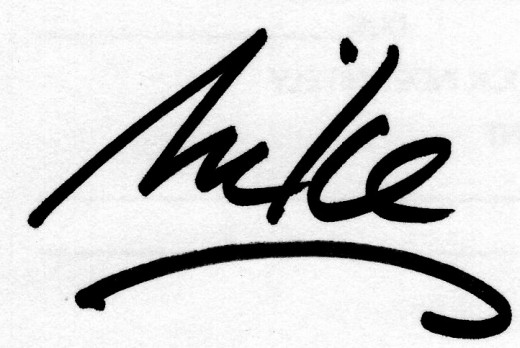
Read more articles about super heroes, comics and their creators
- Seven Marvel Comics Every Fan Should Read
Marvel Comics is known for producing some of the best super-hero comics to hit the stands for over forty years. The Amazing Spider-Man, the Incredible Hulk, the Mighty Thor, Captain America, Iron Man, and the... - Marvel's Jack Kirby versus DC's Curt Swan--Who was the better artist?
I got my indoctrination into the world of comics in the 1960s and never looked back. I was a fan of the superhero comics, and found both Marvel and their Distinguished Competition (as Marvel frequently... - Neal Adams versus Barry Windsor-Smith--who was the superior comic book artist?
Barry Windsor-Smith and Neal Adams were two young men who reached the heights of their fame as comic book artists in the early 70s. Both changed the way comics looked as perhaps no one before them... - Buy "Marvel Chronicle: A Year by Year History" from Marvel Comics and DK Publishing
I like to prowl through bookstores. Bookstore employees might even say I haunt them. When Im bored, curious, restless, or lacking focus, I visit a bookstore. During a recent foray through the Graphic... - The Catwoman: Batman's Sexiest Adversary and Femme Fatale
Batman had a large rogues gallery of villains since his debut in 1939 that continually returned to menace him. The Joker, the Riddler, Ras al Ghul and the Penguin were among the most famous and... - Top Ten Villains from the 1960s Batman Television Show
On Wednesday, January 12, 1966, the world of television was changed forever. Adam West and Burt Ward starred as Batman and Robin, making their prime time debut in a series unlike anything else that had... - Rating the Actors Playing Superman
From an early age, I was always interested in comics. Predictably, the first comic book I read starred Superman, the strange visitor from another planet with powers and abilities far beyond those of mortal... - Drawing the Classic Marvel and DC Comic Heroes
My childhood included a love for 60s and 70s Marvel and DC comics, and my ability to draw originates in part from studying the stories I read in those days. Marvel Comics offered Spider-Man, Thor,...




